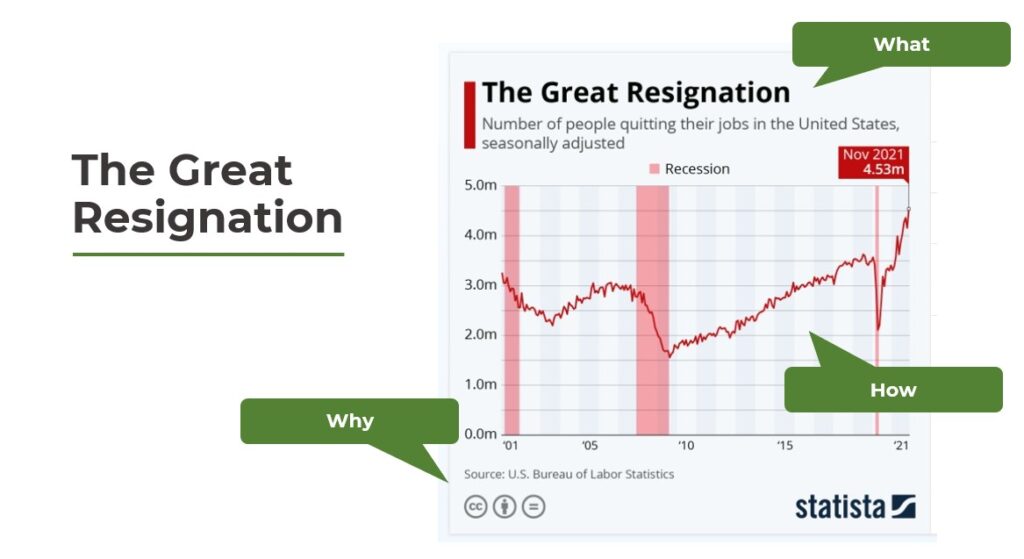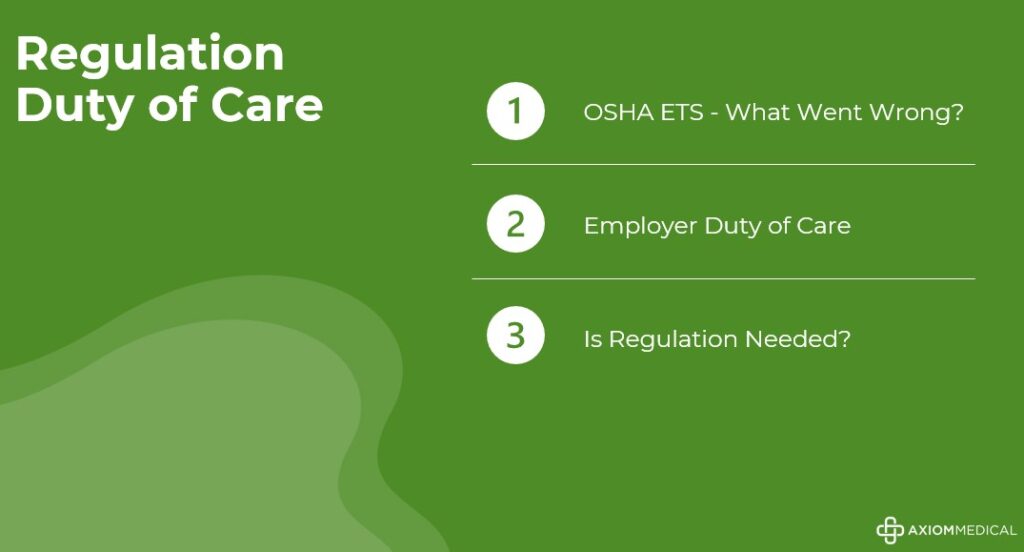Share This Article:
The coronavirus pandemic’s impact will be felt for years to come, especially in the workplace. While health implications and remote working were immediate impacts, 2021-22 has brought in a new challenge. Millions of workers, solely in the USA, chose to resign from their jobs because of possible workplace safety concerns due to the ongoing contagious illness outbreaks. Some prioritized a job change to seek more flexible working conditions, better pay, and benefits, and even look after family amid a global pandemic. The U.S. Bureau of Labor Statistics reported that 4 million Americans quit their jobs in July 2021. Resignations even peaked later in the year and have remained abnormally high for several months. How can employers address this issue and retain their workforce in the face of this tidal wave of resignations or The Great Resignation? Let’s find out.

The Great Resignation –What’s The Root Cause?

Addressing the issues must start with identifying the root causes to understand the situation better. To explore the driving factors behind this recent shift, Axiom Medical’s expert panel featuring Dr. Scott Cherry, Dr. David Michaels, and Dr. Nicholas Christaki, shared their thoughts and views. Watch the webinar below!

Based on the facts, they shared that the Great Resignation impacted more than a million employees across 4,000 companies from various industries. Some of the primary factors include:
Remote Work:
Pandemic changed the way employees operate and deliver work. With strict social distancing and isolation rules in place, many employers adopted a remote working style that impacted many employees in several ways. A significant group of employees struggled to cope with work pressure while working from home.
Family Responsibilities:
Due to indefinite school closure, parents who were already struggling were heavily impacted with remote and hybrid working. For example, many working women had to leave the workforce because of caregiving responsibilities. As the pandemic limited access to childcare and senior care facilities, many working moms decided to go their work and stay home to provide care for their elderly parents and children.
New Career Path:
Approximately 20% of workers report quitting during the last two years to pursue a new career path. This reflects how the pandemic has created opportunities for many to switch their career paths or pursue higher studies.
Fear of Workplace Contagious Illness Spread:
Without strict workplace regulation, controlling workplace infectious disease spread can be very challenging. In fear of contracting the COVID-19 disease, many employees have also resigned from their jobs or switched careers during the last two years.
How Can Employers Address This? Regulation Duty of Care

Flexibility at Work (Remote or Hybrid)
The pandemic forced more people than ever to work from home. Now that restrictions have largely been lifted, it may seem natural for employers to enforce a return to the workplace. However, the coronavirus situation has not changed, and new variants make the situation even worse. Supporting your employees at an unprecedented time like this is the key to building workforce resilience. Remote and hybrid work options will also help your employees with young children and the elderly.
Training & Career Advancement Program
Managers and supervisors need to prioritize their employees’ job progression through career advancement programs. Another way to support your employees is by providing the mentorship and tools to help them move forward. Organizations must invest in top-down leadership training that helps them understand the importance of career training for their employees.
Employer Duty of Care
An employer’s most important asset is its people, and the cost of turnover is high. To avoid a significant impact of the Great Resignation at work, employers must address the issue by doing the right thing. A strong workplace contagious disease management program or COVID-19 regulations will help employers minimize workplace outbreaks.
To improve your employees’ experience, employers must establish
- A transparent communication system
- A supportive and collaborative work environment with digital experiences embedded in the workflow
- A strong organizational culture
- A system to engage and recognize employees
- Career development opportunities
- Demonstrated corporate social responsibility
By Chitra Goel
Courtesy of Axiom Medical
More by This Author
- Feb 10, 2025
- WorkersCompensation.com
- Oct 02, 2024
- WorkersCompensation.com
- Jun 24, 2024
- WorkersCompensation.com
Read More
- Mar 26, 2025
- Liz Carey
- Jan 30, 2025
- Liz Carey
- Aug 12, 2024
- Frank Ferreri
- Aug 06, 2024
- Frank Ferreri
- Aug 05, 2024
- Frank Ferreri




